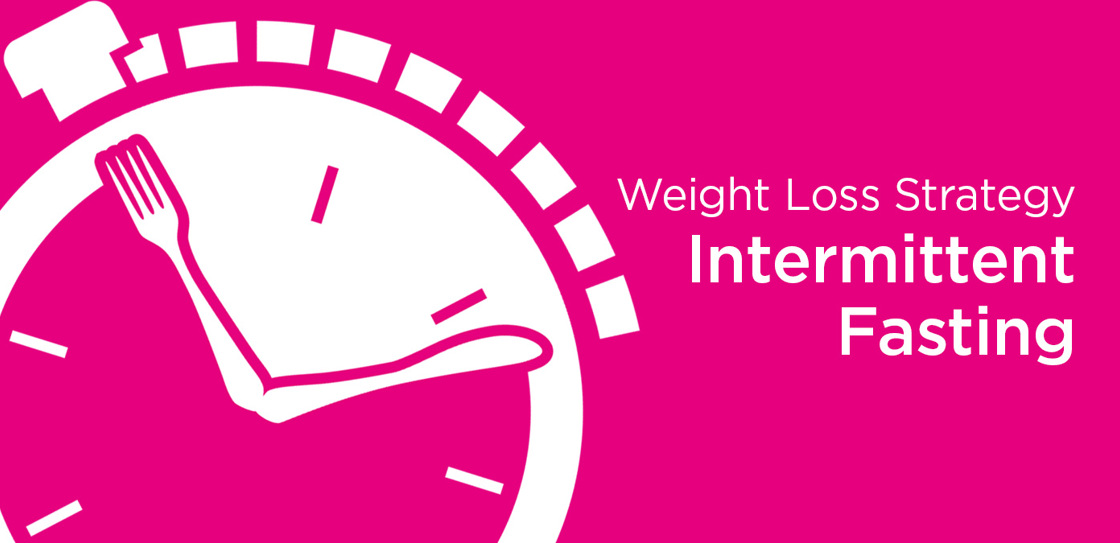What Is Intermittent Fasting?
Intermittent fasting (IF) is a dietary pattern that cycles between periods of eating and fasting. Rather than focusing on which foods to eat or avoid, IF emphasizes when you eat. Its growing popularity comes from powerful evidence showing its ability to promote fat loss, improve metabolism, and support overall health.
Unlike conventional diets that restrict calories every day, IF encourages extended breaks between meals. These fasting windows allow your body to tap into stored fat for energy and trigger beneficial metabolic shifts.

Popular Methods of Intermittent Fasting
Intermittent fasting is flexible and customizable. Here are some of the most common protocols:
16/8 Method
Fast for 16 hours daily and consume all meals within an 8-hour eating window. For example, eating only between noon and 8 pm. This is the most accessible and widely practiced approach.
5:2 Diet
Eat normally for five days a week and reduce calorie intake to about 500–600 calories on two non-consecutive fasting days. This method combines calorie reduction and fasting benefits.
OMAD (One Meal a Day)
A more intense method involving fasting for about 23 hours with a single large meal during a 1-hour window. OMAD requires discipline but maximizes fasting benefits.
Alternate-Day Fasting
Cycling between days of normal eating and complete or partial fasting. Some find this effective for rapid weight loss but it can be more challenging to sustain.
Warrior Diet
Eat small amounts of raw fruits and vegetables during the day and one large meal at night within a 4-hour window, mimicking ancient warrior eating patterns.
The Science Behind IF: How It Supports Weight Loss and Metabolism
Fat Reduction
During fasting, insulin levels drop, encouraging fat cells to release stored fatty acids for energy. Your body shifts from burning glucose, circulating sugars, to mobilizing fat stores, accelerating fat loss.
Hormonal Benefits
-
Increased Human Growth Hormone (HGH): Fasting spikes HGH, which aids fat burning and preserves lean muscle mass.
-
Improved Insulin Sensitivity: IF enhances insulin efficiency, lowering blood sugar and helping prevent fat accumulation.
-
Cellular Repair (Autophagy): Fasting activates autophagy, the body’s waste cleanup process, which promotes cellular health and longevity.
Calorie Control
By limiting the eating window, many naturally reduce calorie consumption without conscious restriction, supporting a calorie deficit which is key for weight loss.
Metabolic Rate Enhancement
Short-term fasting can boost metabolic rate, increasing calorie burn. Studies show metabolism can increase by up to 14% during fasting periods.
Tips for Beginners: How to Start Intermittent Fasting
Start Gradually
If new to fasting, begin with a 12-hour fast, such as finishing dinner by 7 pm and eating breakfast at 7 am, then gradually increase the fasting window.
Stay Hydrated
Drink water, herbal teas, or black coffee during fasting to stay hydrated and curb hunger.
Focus on Nutrient-Dense Meals
When eating, prioritize whole foods rich in protein, fiber, healthy fats, and complex carbs to maintain fullness and nutrition.
Listen to Your Body
Minor hunger pangs during fasting are normal, but if you feel dizzy, very weak, or unwell, break your fast and reassess.
Plan Social Meals
Align your eating windows with social events when possible for easier adherence and enjoyment.
Timing Your Meals for Maximum Impact
Meal timing can influence hunger and metabolic adaptations:
-
Break the fast with balanced meals including protein and fiber to stabilize blood sugar.
-
Avoid overeating during eating windows; focus on quality over quantity.
-
Some practitioners benefit from consuming most calories earlier in the day to support circadian rhythm and energy.
Integrating IF into Your Lifestyle
To make IF sustainable, tailor it to your daily routine:
-
If you’re a morning exerciser, consider a shorter fast or post-workout nutrient intake.
-
Busy schedules may favor OMAD or 16/8 for simplicity.
-
Adjust fasting days and periods around work, travel, and social activities.
Common Challenges and How to Overcome Them
Hunger and Cravings
Initially, fasting may trigger hunger. Combat this by drinking water, staying busy, and easing into longer fasts incrementally.
Social Pressure
Eating patterns may differ from friends or family. Communicate your goals and sometimes adjust fasting to fit social occasions.
Energy Slumps
You may feel low energy at first, especially if nutrient intake isn’t balanced. Ensure proper hydration, nutrient-dense meals, and get adequate rest.
Plateaus
If weight loss hits a standstill, consider adjusting fasting duration, calorie intake, or exercise habits.
User Success Stories
-
Emma’s Journey: After trying several diets, Emma found sustainable success with the 16/8 method. She lost 25 pounds over 6 months without feeling deprived and reports improved mental clarity.
-
John’s Transformation: Using alternate-day fasting alongside resistance training, John shed stubborn belly fat, enhanced muscle tone, and boosted energy levels.
-
Sophie’s Lifestyle Shift: OMAD helped Sophie restructure her daily eating habits, reducing snacking and emotional eating, leading to steady fat loss and better digestion.
Expert Advice on Intermittent Fasting
-
Dr. Mark Smith, Nutritionist: “IF works because it resets how your body uses energy, balancing hormones and promoting fat metabolism. However, it’s not for everyone—individual preferences and health conditions matter.”
-
Sarah Johnson, Fitness Coach: “Pair fasting with exercise and whole foods to see the best results. It’s about more than just skipping meals; it’s a lifestyle.”
Is Intermittent Fasting Right for You?
Intermittent fasting offers an effective, flexible strategy for weight loss with health benefits beyond the scale. Its simplicity and adaptability suit diverse lifestyles. Patience and consistency are key as your body adjusts.
Combine IF with balanced nutrition, regular physical activity, and mindful habits to unlock lasting fat loss and improved wellbeing. Listen to your body, consult healthcare professionals if necessary, and embark on your fasting journey with confidence.